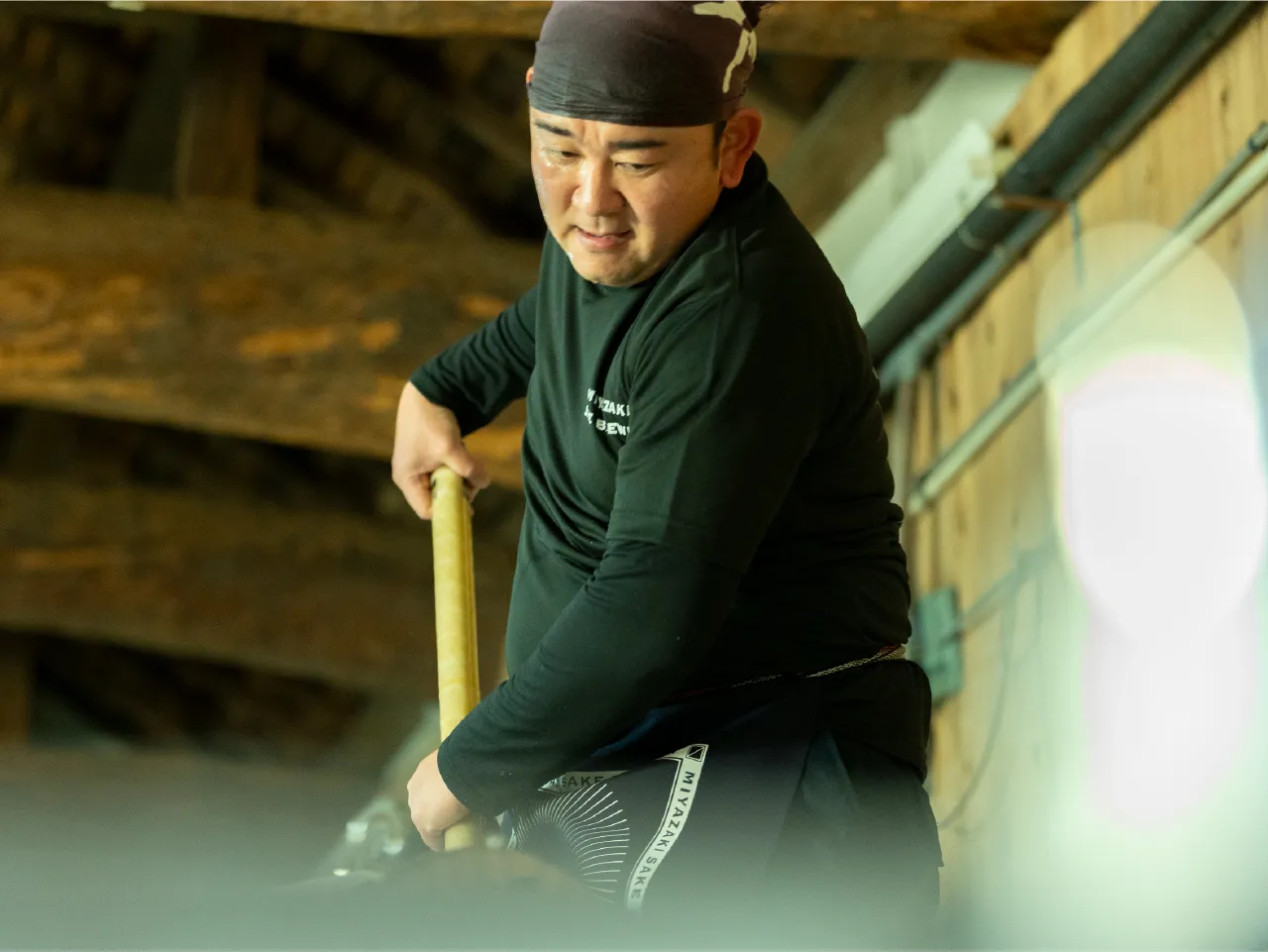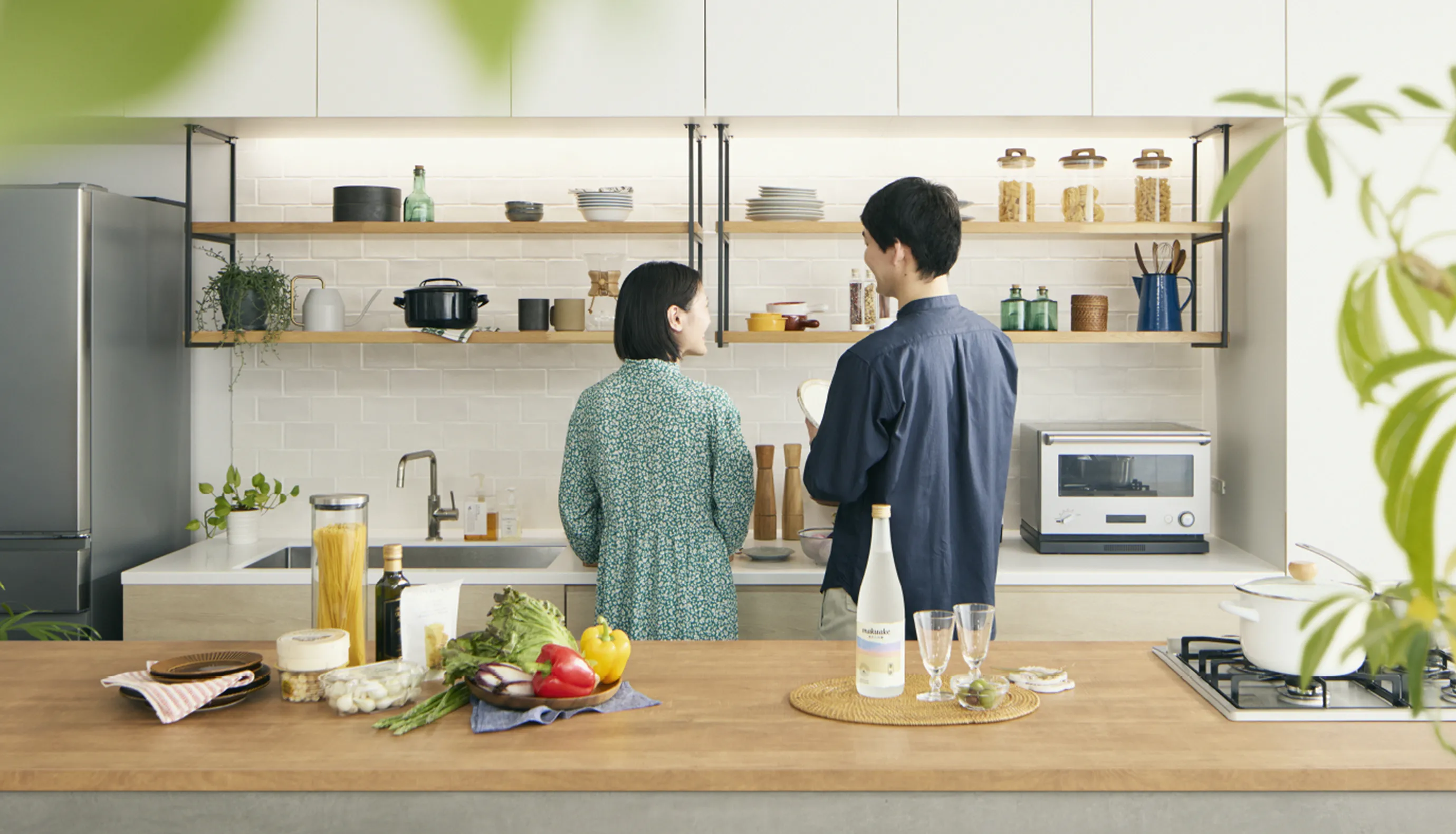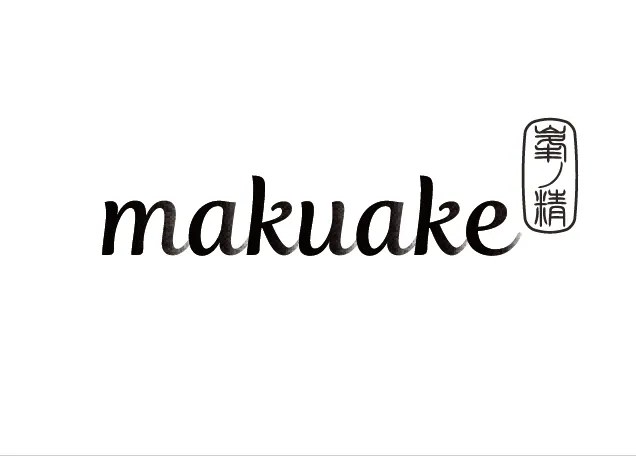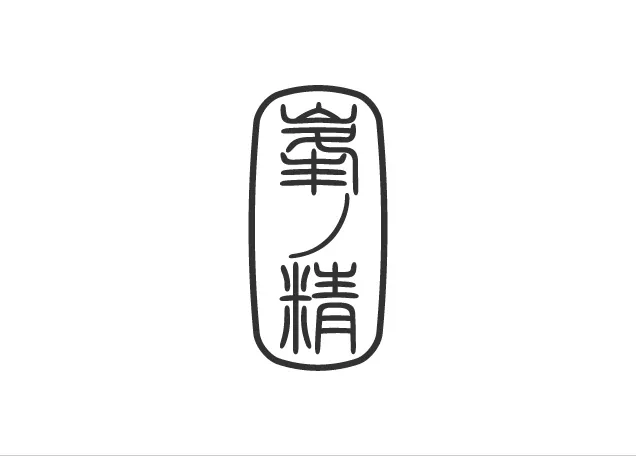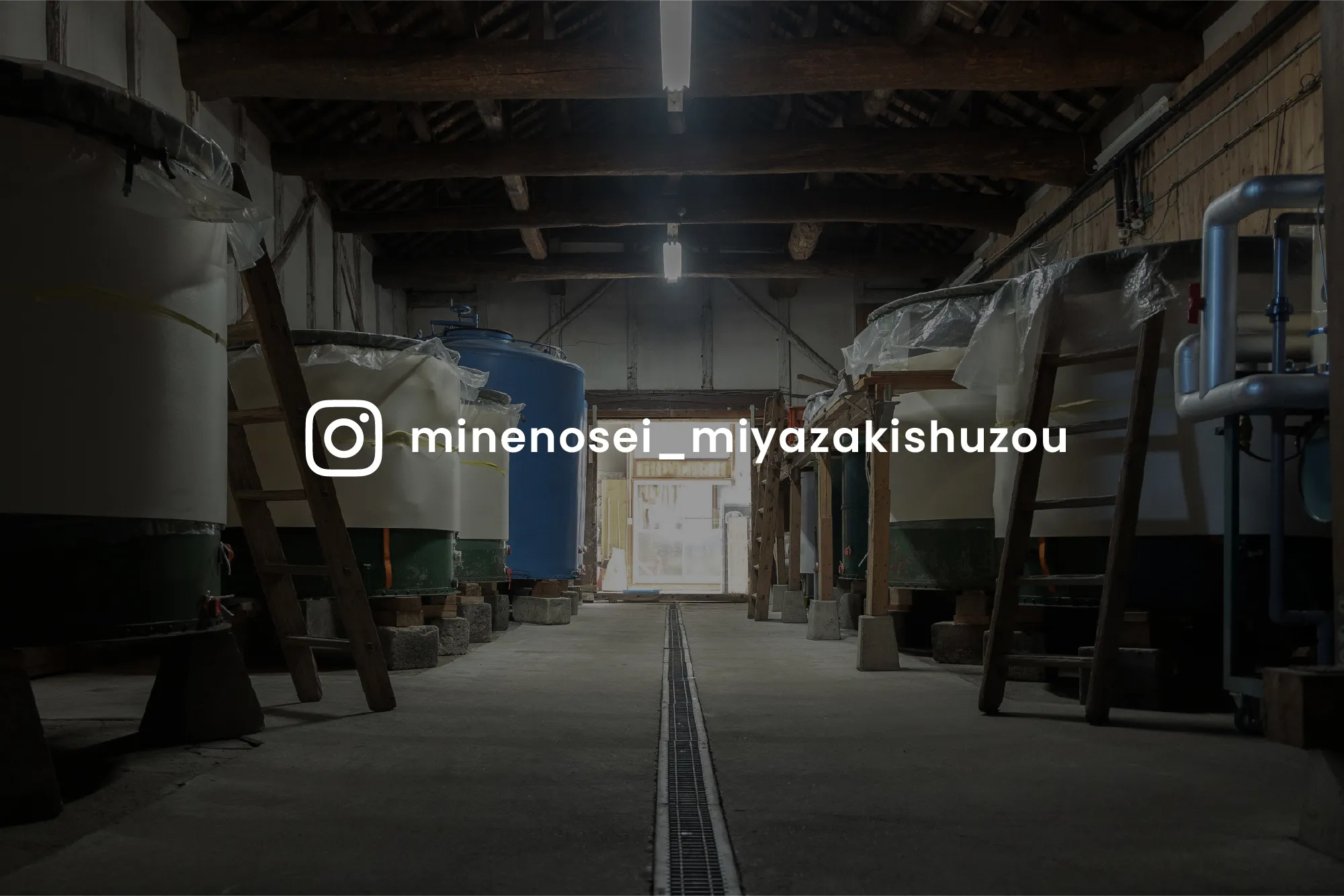
How about sake tonight?
Just like you might choose beer or wine,
why not start your evening with a glass of sake?
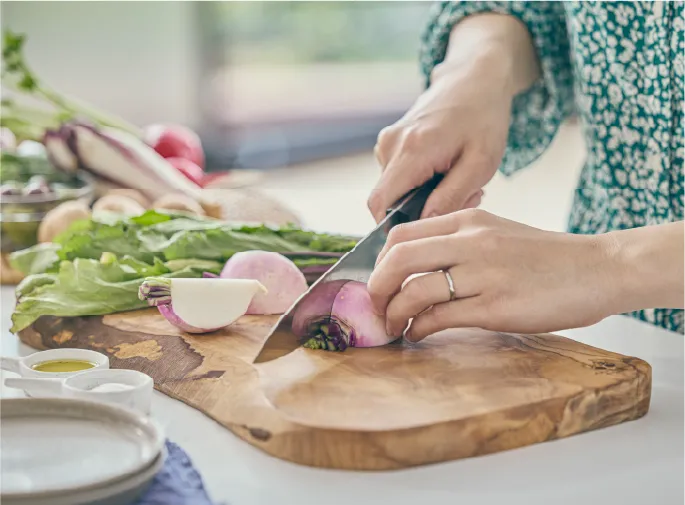
Sake offers a diverse range of aromas and flavors,
and pairs beautifully not just with Japanese cuisine,
but also with Western and Chinese dishes.
When matched with cuisines from around the world,
you’ll discover something entirely new.


Enjoy it at room temperature, chilled, or on the rocks, served in a wine glass or rocks glass —
whatever suits your preference.
You’re sure to discover a delicious and delightful side of sake you never knew existed.

For 150 years, we’ve been dedicated to crafting a highly drinkable sake that can be enjoyed by everyone.
That’s the Miyazaki Sake Brewery commitment.
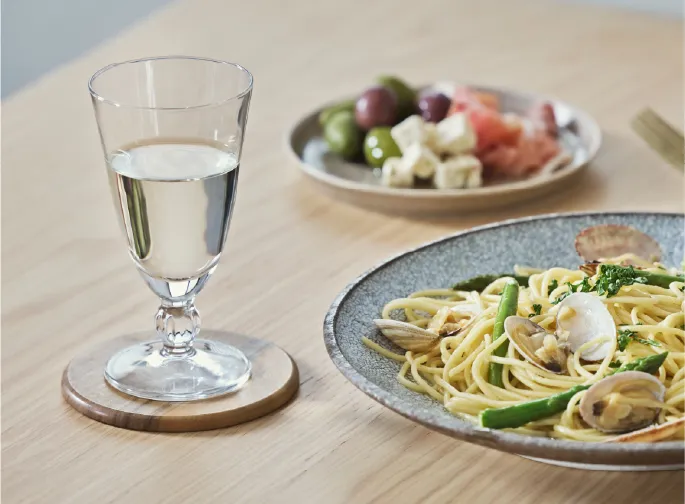
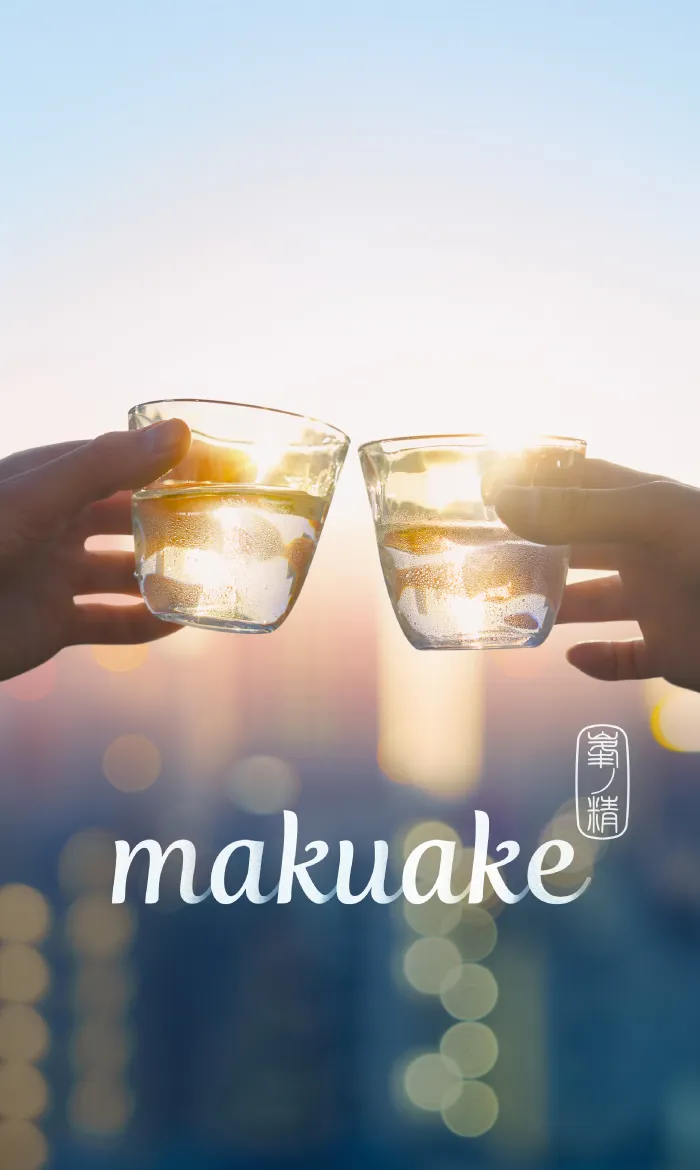

For Life’s
Many New Beginnings
Whether for special occasions or everyday meals, we craft our sake to be the perfect opening toast.
Easy to drink, neither too dry nor too sweet, and above all, a sake you’ll never grow tired of.
This is sake crafted to accompany all of life’s new beginnings.

Mine no Sei Makuake
| Classification: | Junmai Daiginjo |
|---|---|
| Ingredients: | Rice (Japanese), Rice Koji (Japanese rice) |
| Rice Milling: | 50% |
| Alcohol Content: | 13.5% |
|---|---|
| Sake Meter Value: | +2 (Semi-dry) |
| Volume: | 720ml |
On the rocks, chilled, or gently warmed
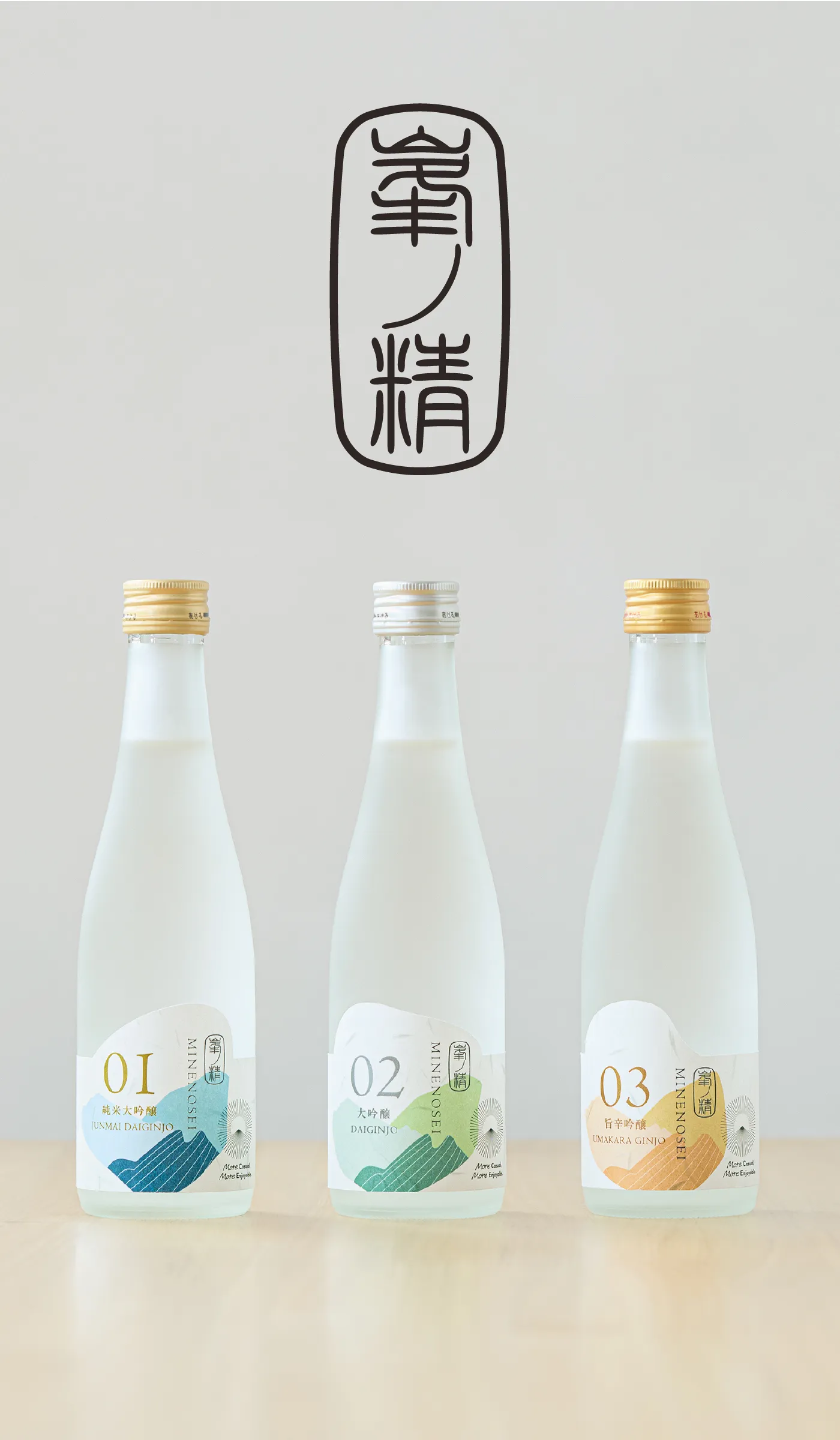
Introducing
Three Mine no Sei Varieties
with New Labels!

Mine no Sei 01
Junmai Daiginjo (Gin no Mai)
| Classification: | Junmai Daiginjo |
|---|---|
| Ingredients: | Rice (Japanese), Rice Koji (Japanese rice) |
| Rice Milling: | 50% |
| Alcohol Content: | 13.5% |
| Sake Meter Value: | +2 (Semi-dry) |
| Volume: | 300ml |
On the rocks, chilled, or gently warmed
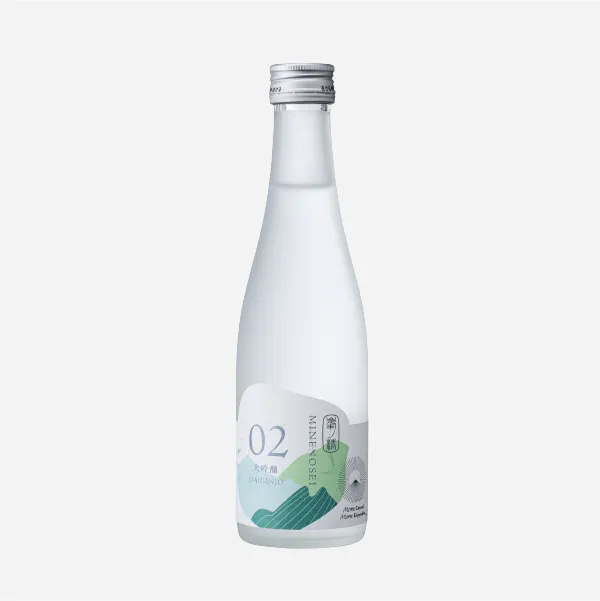
Mine no Sei 02
Daiginjo
| Classification: | Daiginjo |
|---|---|
| Ingredients: | Rice (Japanese grown), Rice Koji (from Japanese rice), Distilled Alcohol (produced in Japan) |
| Rice Milling: | 50% |
| Alcohol Content: | 14.5% |
| Sake Meter Value: | +5 (Dry) |
| Volume: | 300ml |
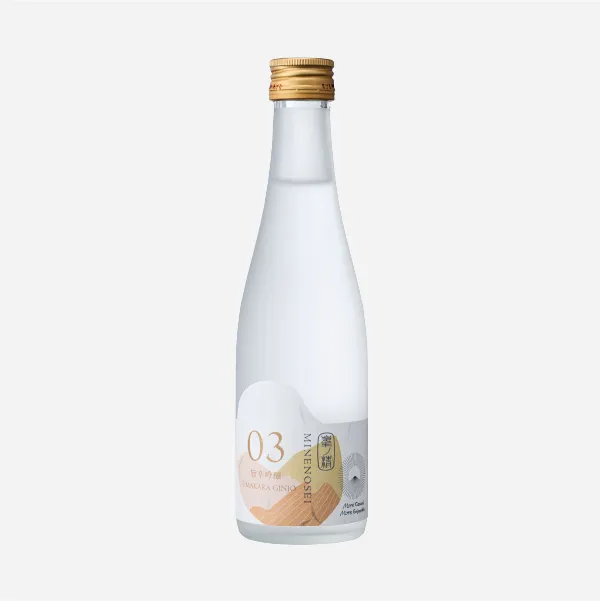
Mine no Sei 03
Umakara Ginjo (Ginkara)
| Classification: | Ginjo |
|---|---|
| Ingredients: | Rice (Japanese grown), Rice Koji (from Japanese rice), Distilled Alcohol (produced in Japan) |
| Rice Milling: | 60% |
| Alcohol Content: | 15.5% |
| Sake Meter Value: | +5 (Dry) |
| Volume: | 300ml |
Chilled, room temperature, gently warmed, or hot
Only here. Nowhere else.
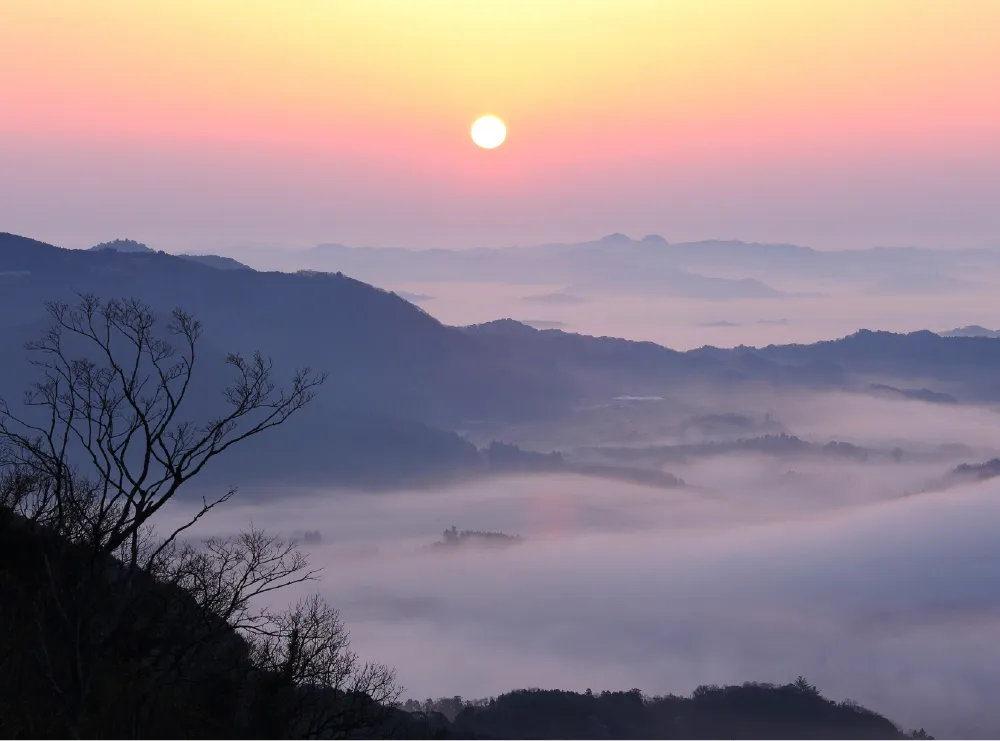
Crafted With the Natural
Spring Water of Kazusa for
Over 150 years
The history of Miyazaki Sake Brewery dates back to 1866. Since then, here in the Kazusa hills, we’ve preserved our natural water sources and inherited the wisdom of our ancestors. From the region called Mine comes our Mine no Sei, while makuake explores new possibilities in sake. We continue our brewing tradition with a spirit that honors the past while embracing innovation.
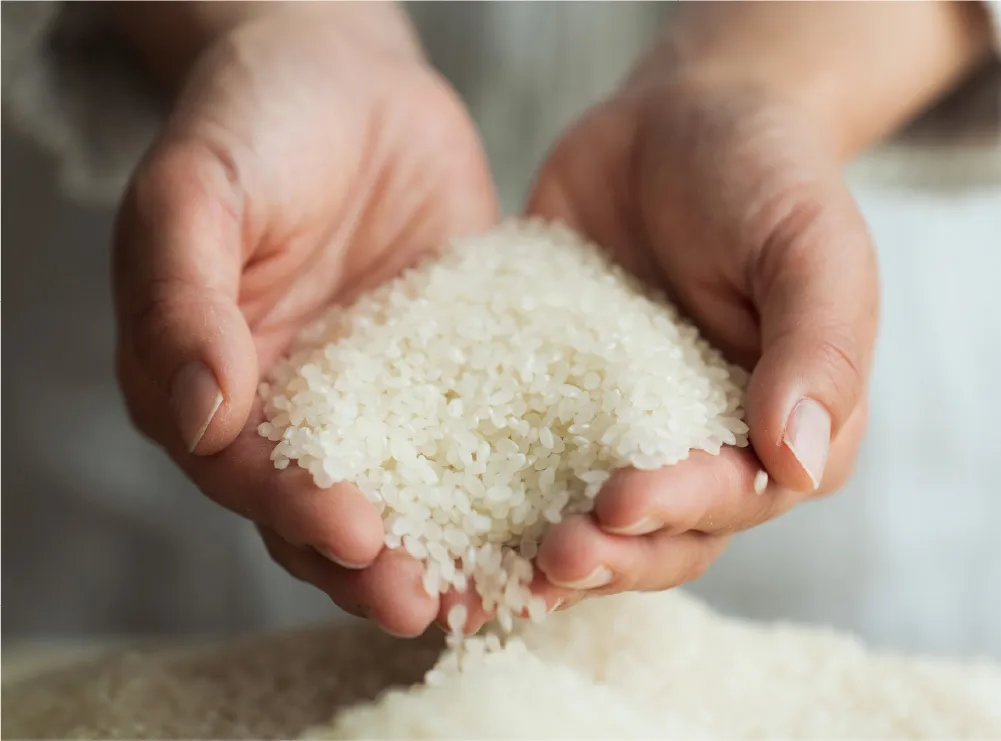
In Pursuit of the Finest Sake,
We Start with the Soil
Sake rice forms the core of sake’s flavor profile, supporting the work of koji mold and yeast as it transforms into rich umami during fermentation. At Miyazaki Sake Brewery, we never compromise on our rice. We use high-quality, large-grain rice grown on our own farms in Chiba and Hokkaido, and mill it ourselves to maximize its potential.

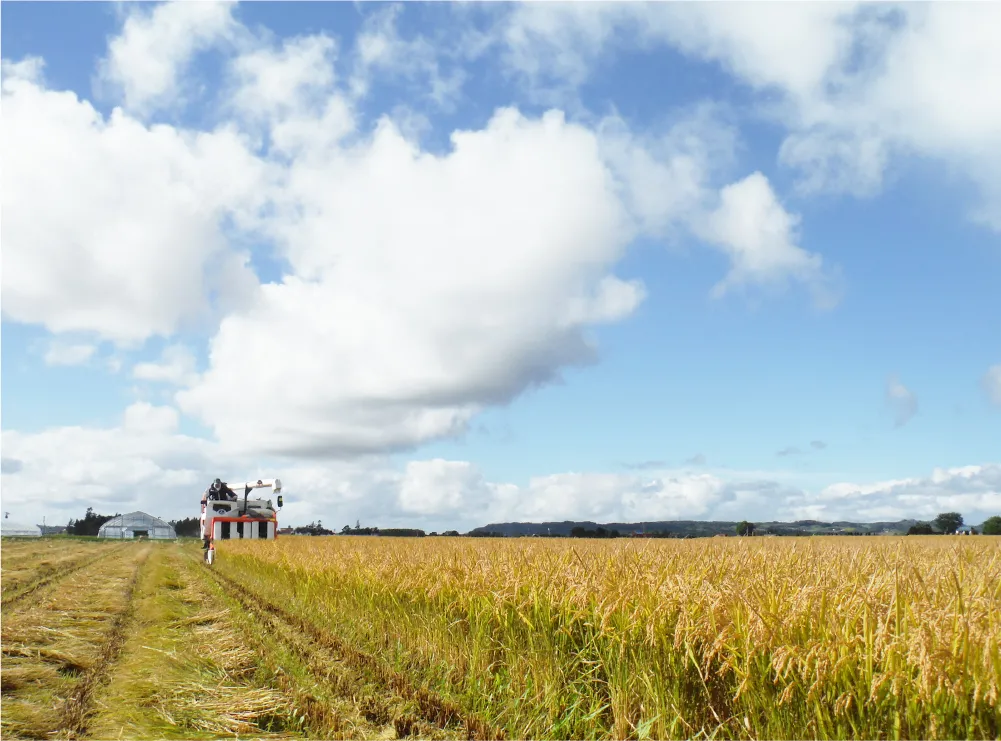
In recent years, alongside traditional sake rice varieties, we’ve actively explored brewing with premium table rice—the kind we eat daily. This allows us to draw out the distinct, natural flavors unique to these varieties as we pursue new possibilities in sake brewing.

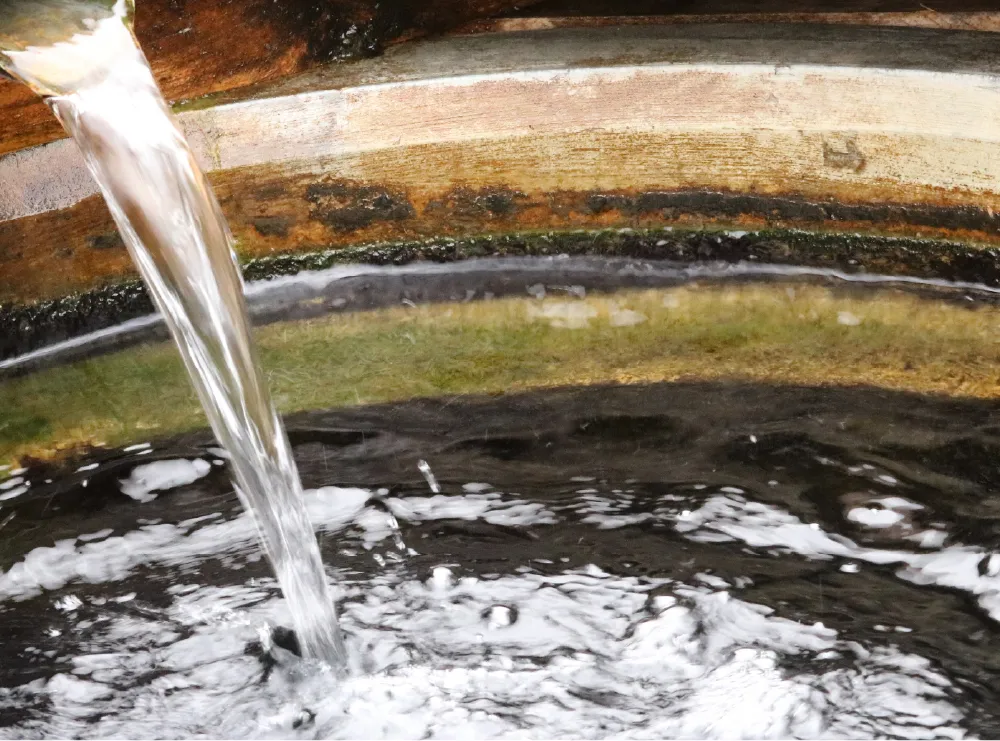
The Living Waters of Kururi – Selected as One of the 100 Best Spring Waters of the Heisei Era
Premium sake requires premium water. At Miyazaki Sake Brewery, we use groundwater that springs from the Boso hills. Known as the “Living Waters of Kururi,” this water originates as rainfall in the Kiyosumi-Mitsuishi mountain range, naturally filtered through geological layers. The result is pure, pristine water of exceptional quality.

Craftsmanship Passed
Down
Through Generations
We Perfect the Koji
With
Meticulous
Attention to Detail
and
Precise Humidity Control.
We create koji by introducing koji mold spores to steamed rice, breaking down the rice’s starch into sugars, alcohol, and acids. Since koji mold thrives at 30-35°C in winter’s dry conditions, we maintain precise humidity control in our koji room.

Listening to the Yeast
The Brewmaster’s Technique
Draws Out Complex Flavors.
The aromas and flavors of sake are shaped by microscopic yeast cells. Because yeast is a living organism, we brew daily while monitoring how it responds to temperature, humidity, and the condition of the rice.
At Miyazaki Sake Brewery, we carefully select the ideal yeast strain from many varieties to match our vision for each sake. We maintain precise temperature control and environmental conditions to ensure the yeast thrives and performs at its best. We understand the characteristics of each yeast strain and pay close attention to how it behaves to infuse flavor into the sake. This is how we engage with yeast, and it’s one of the true joys of sake brewing.
